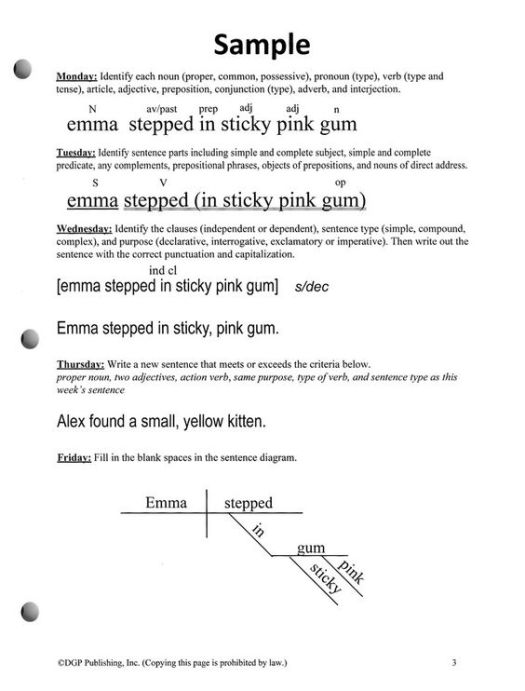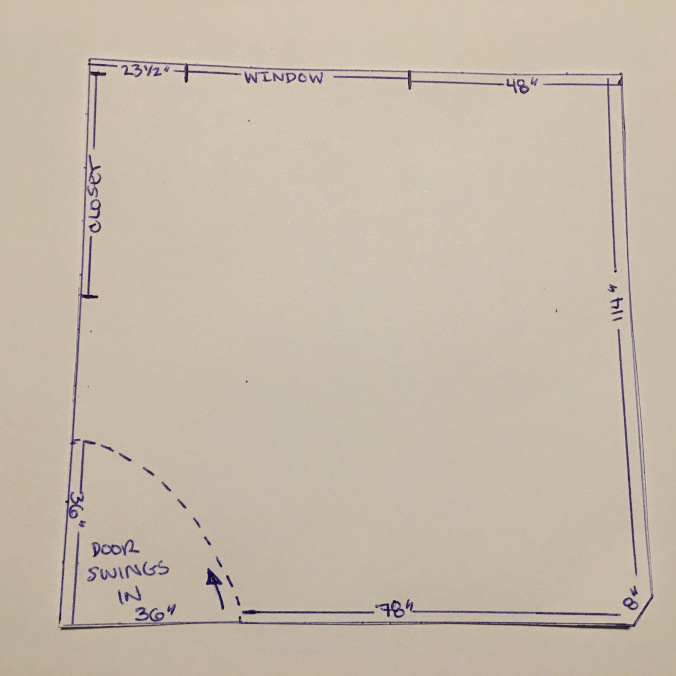Download links for: Catherine of Aragon: The Spanish Queen of Henry VIII


Reviews (see all)
Write review
A tragic and noble figure. A biography worth reading.
obstinacy was this author's favorite word.
Would be 3 1/2
a good read
Other books by Memoir & Autobiography
Related articles












